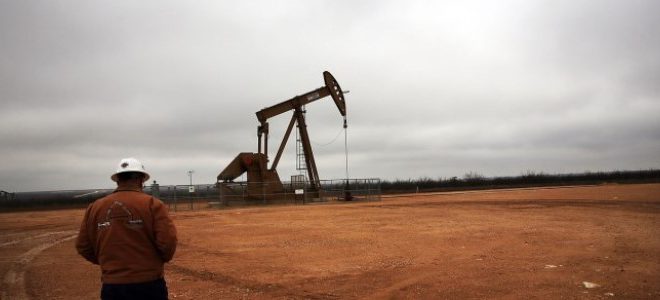Oklahoma is the state that springs to mind whenever earthquakes and oil are mentioned in the same sentence. but a fresh report from the Academy of Medicine. Engineering and Science of Texas has revealed that the shale oil industry’s activity in the Lone Star State has led to changes in seismic activity.
The report found that while between 1975 and 2008 the average number of quakes above a magnitude of 3 was one or two. between 2008 and 2016 it increased to 12 to 15 a year. The TAMEST task force that authored the report noted that this increase has been linked not to fracking itself. however. but to wastewater disposal wells. which is in line with findings from other studies.
As to whether contaminated water from these disposal wells could seep through into subsoil aquifers that may supply drinking water. the report found that this is highly unlikely. adding. however. that more research was necessary to quench public concern about this potential problem.
The other commonly cited problem with shale oil and gas—greenhouse gas emissions—is naturally present here as well. although the authors of the report note the beneficial effects of state and federal regulation targeting these emissions.
One other serious problem identified by the TAMEST task force had to do with road infrastructure and the number of accidents resulting from the major increase in traffic due to the shale boom across the state. The development of one well in the Permian. for example. needs 997 trucks in all. For the Eagle Ford. the total required is 1.708. Most existing roads in Texas were not built with the shale industry in mind. and they are now suffering the wear and tear from this heavy traffic. As a logical consequence of this heavy traffic. accidents have increased in frequency and severity.
Generally. shale oil and gas development has been good for Texas economically. It has also. in some ways. at least. been better for the environment than conventional oil. The authors said. “The vast number of new wells drilled in shale formations in Texas since 2007 have had substantial spatial impacts on the landscape. However. horizontal wells have a smaller impact than the equivalent number of vertical wells would have had. When operators use a single well pad for multiple wells. surface impacts are significantly reduced.”
For now. it seems that the good that comes from oil and gas production in the Anadarko Basin. Eagle Ford. the Permian. the Barnett. and the Haynesville shale plays outweighs the bad. The industry employs more than half a million people and contributes tens of billions to the state coffers.

 Iran Energy News Oil, Gas, Petrochemical and Energy Field Specialized Channel
Iran Energy News Oil, Gas, Petrochemical and Energy Field Specialized Channel



